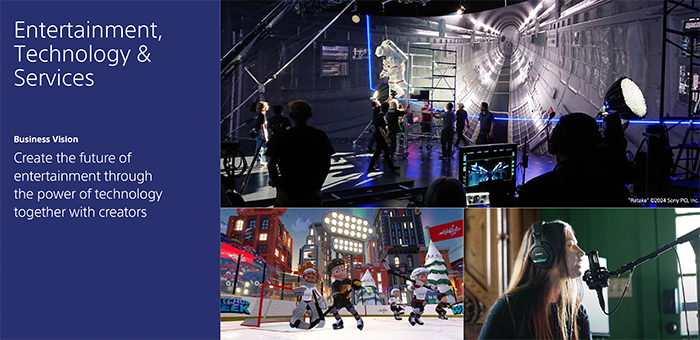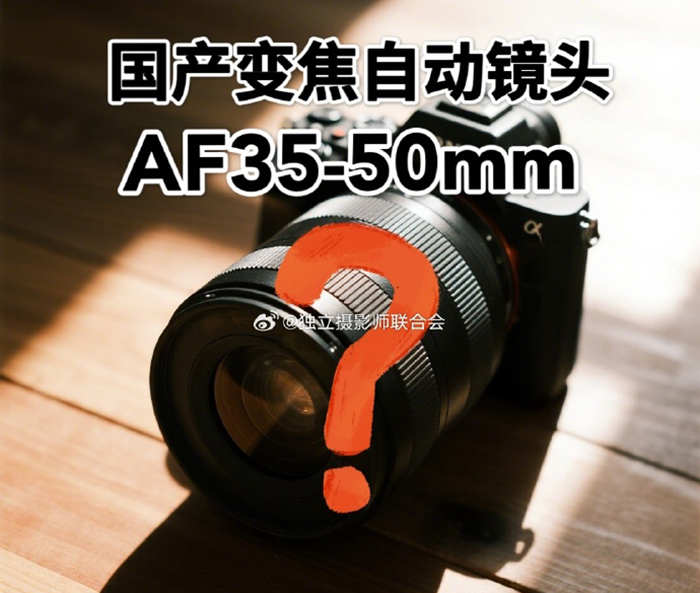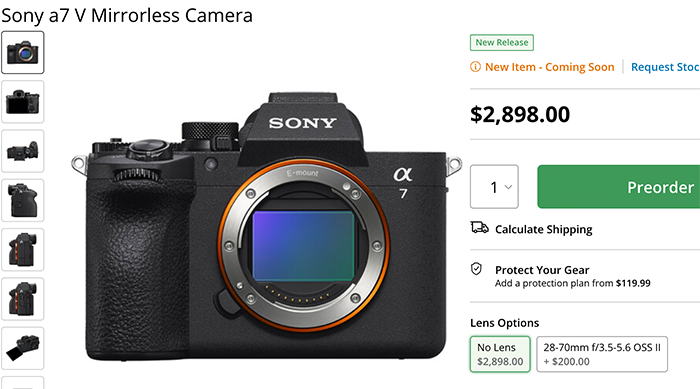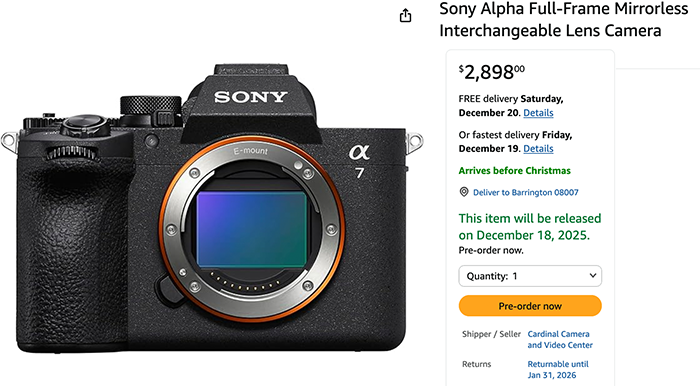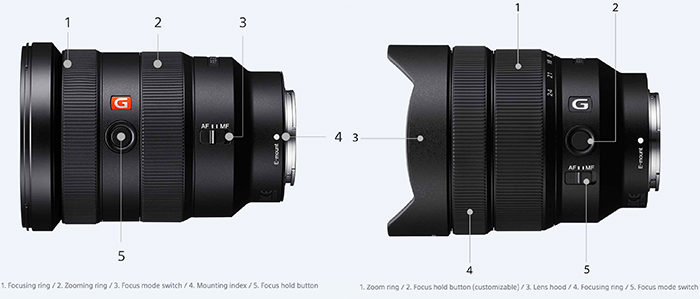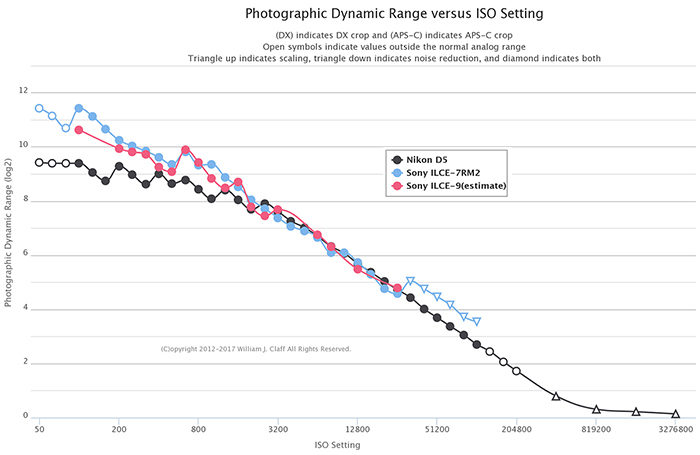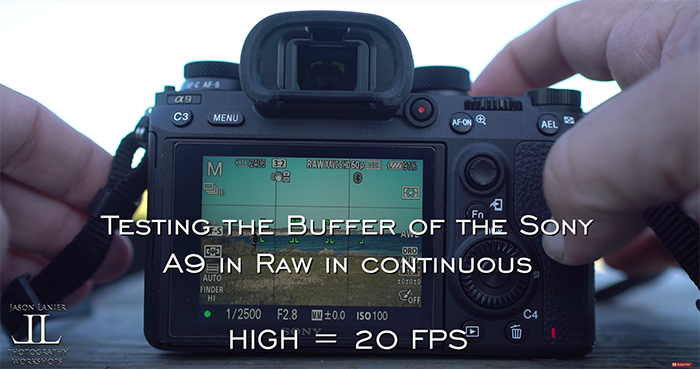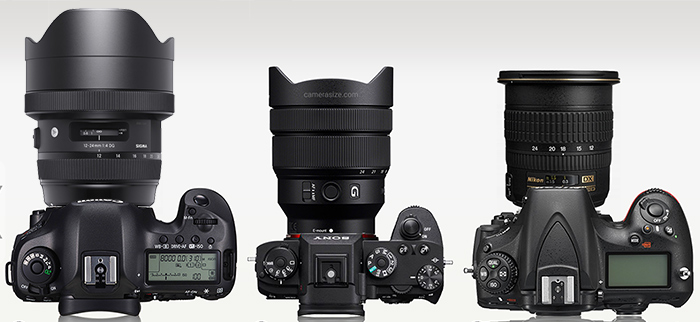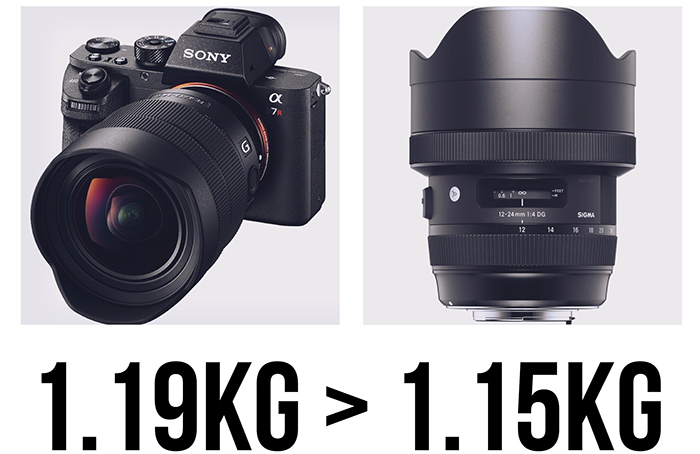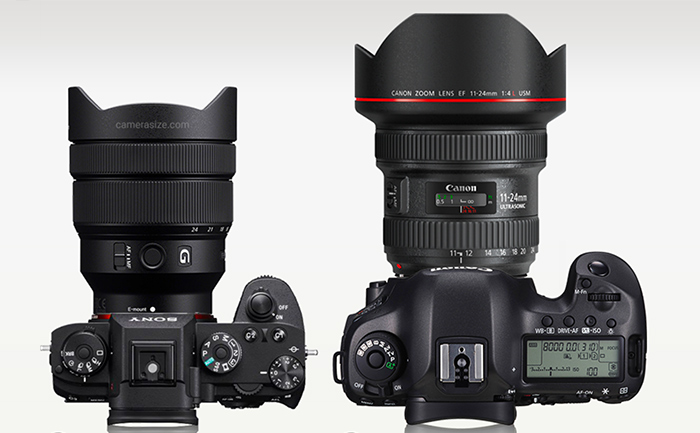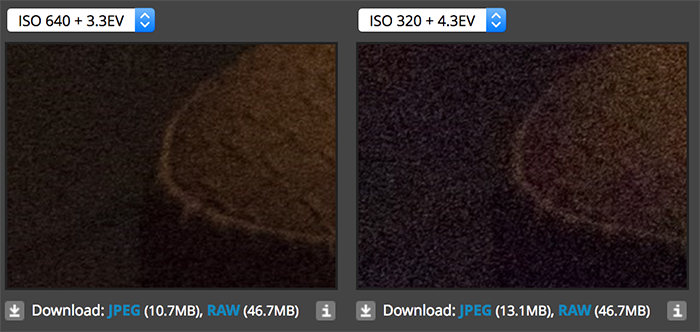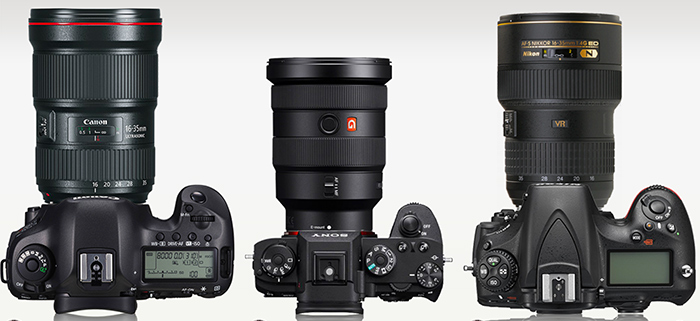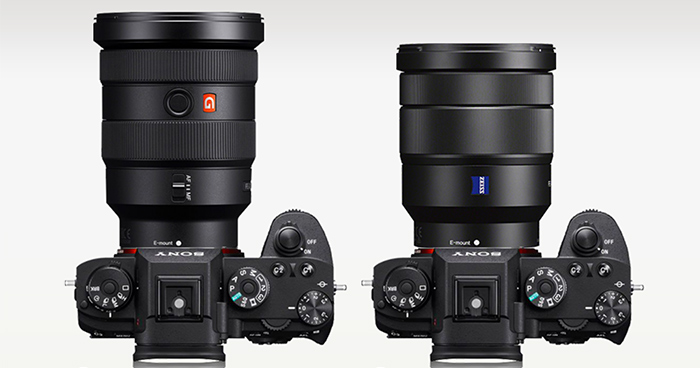There’s a lot of rubbish some people talk about 12 vs 14 bit RAW files. The fact is, by the time you get to about 800 ISO even the best FF cameras only have about 10 bits worth of dynamic range (at the pixel level) so 12 bits are ample as the bottom 2 will just be noise anyway. It will only be at very low ISOs where you might see some difference, and then only if the sensor has low read noise. Of course you get a bit more back when downsizing, but RAW files contain per-pixel data.
On an ISO-invariant sensor you lose one bit of resolution for every doubling of ISO speed anyway, so even 12 bits becomes irrelevant. Of course this camera is clearly not ISO invariant as it’s probably optimised for higher ISOs needed for action photography (the Canon & Nikon equivalents to the same), so it might be that the loss of (bit) resolution doesn’t follow that precise model, but it’s true in general.
DxO tested the new Sony 85mm FE: It beats the Batis and comes close to the GM
DxOmark tested the new Sony 85mm f/1.8 FE and concludes:
Large high-speed primes such as the 85mm F1.4 G Master are nice to have, but they are pricey, large, and sometimes intimidating. When it comes to moderate-speed lenses, it sometimes seems that manufacturers put price before outright optical performance. That’s not the case here. While not exactly cheap, the Sony FE 85mm F1.8 costs less than its premium G Master sibling or even the rival Zeiss Batis 85mm F1.8, yet it has a real nice balance of performance, with excellent sharpness and low lateral color and distortion. Apart from a little vignetting, with its unobtrusive size and low weight, this new lens looks to be an excellent alternative for all the right reasons.
This is troubling news for Zeiss as it seems there is little reason to buy the more expensive Batis unless you really need in lens stabilization. And for most people the 85mm GM will not be worth the much higher cost. The new 85mm G is a nice lens and I can only highly recommend it!
85mm f/1.8 FE at Amazon, BHphoto, Adorama. Amazon DE. Amazon UK. Amazon IT. Amazon FR. Amazon ES.
